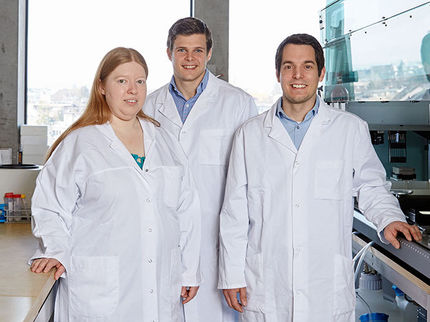Bonnie Bassler and Martin Wikelski receive Max Planck Research Award
Scientists honoured for their pioneering research into the sensory perception of organisms
This year’s winners of the Max Planck Research Award are investigating how organisms perceive their environment. In this respect, they are conducting research into organisms that could not be more different: Bonnie L. Bassler from Princeton University and the Howard Hughes Medical Institute focusses on bacteria. The US researcher played a major role in the discovery that Earth’s most ancient unicellular organisms communicate with one another via chemical signalling molecules. Martin Wikelski from the Max Planck Institute for Ornithology in Radolfzell and Seewiesen, who is also honorary professor at the University of Constance, is carrying out research into the sensory perception of animals in their natural habitats: Using the satellite-based monitoring system Icarus, he is a pioneer in the field of wild animal telemetry. The prize money of €750,000 each will enable the researchers, recognized for their groundbreaking findings, to fund future projects with colleagues in Germany and abroad.
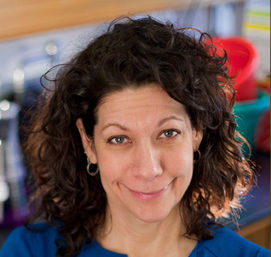
Bonnie L. Bassler
Bassler
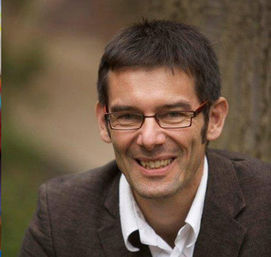
Martin Wikelski
Wikelski
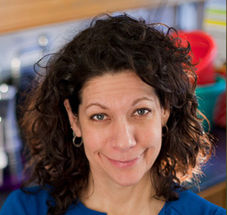
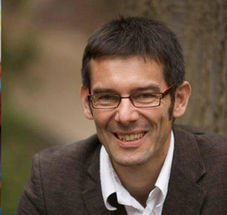
Bonnie L. Bassler
The Hawaiian bobtail squid Euprymna scolopes uses symbiotic bacteria as an invisibility cloak. When the squid goes hunting near the ocean surface under the full moon, bacteria, housed in a special organ, generate light that allows the tiny cephalopod animal to blend in with the moonlight. Consequently, the squid throws no shadow, and is thus invisible to and protected from predators. The bacteria switch the light on and off in unison, and they do so, by communicating with one another, counting their cell numbers, and acting as collectives.
Although initially discovered in an obscure light-producing bacterial symbiont, it is now understood that the capacity to communicate and to undertake group behaviors is the norm in the bacterial world, and Bonnie Bassler has conducted pioneering research into this process, called quorum sensing. This research revealed that bacteria release chemical signal molecules that can be perceived by neighboring bacterial cells. The amount of the released signal molecule increases with increases in the number of bacterial cells present. Groups of bacterial cells simultaneously detect the accumulated signal molecules, change their global gene expression patterns, and launch collective activities.
Bassler and her colleagues discovered that bacteria are multilingual. Typically, a bacterial species possesses its own “molecule vocabulary”, which only that species can interpret; bacteria also communicate across species boundaries with a universal chemical language, which is a kind of bacterial Esperanto. The information that the bacteria obtain from exchanges within and across species allows them to adapt to their changing circumstances and to effectively perform tasks as collectives. These tasks would not be productive if individual bacteria attempted to carry them out alone.
Bassler’s research disproves the long-held notion of bacteria as asocial, solitary entities that act strictly in isolation. Rather, she has shown that these ancient organisms have the capacity to communicate with one another and to collectively coordinate their behaviors. Some researchers view bacterial quorum-sensing networks as precursors to multicellular organisms.
Bassler’s research is also of significant importance to medicine because quorum sensing controls bacterial infections. Bassler has shown that bacteria only release their disease-causing substances as groups when they can successfully overcome the host’s immune system. Thus, using quorum sensing, bacterial pathogens can launch coordinated attacks against their much larger hosts. Bassler and her colleagues have succeeded in blocking quorum-sensing-mediated communication in globally important bacterial pathogens using synthetic anti-quorum-sensing molecules. New antibiotics are being developed based on this principle. Bassler is also developing strategies to manipulate quorum sensing for agricultural and industrial purposes. Likewise, she and her team are generating pro-quorum-sensing strategies to enhance beneficial bacterial group behaviors, for example for use as pro-biotics and in bioremediation.an, die Kommunikation von Bakterien für die Landwirtschaft oder für Anwendungen in der Industrie zu nutzen.
Martin Wikelski
Martin Wikelski also conducts research into the sensory perception of organisms – however, not of bacteria but instead of birds, bats, Galapagos tortoises and butterflies. He seeks to discover how these animals perceive their environment and navigate their way through it. His maxim: “out of the lab and into nature!” He is investigating sensory perception not under artificial conditions but rather in animals’ natural habitats. He has thereby produced valuable findings over the years about how animals navigate on their journeys, sometimes over thousands of kilometres, and reach their destination.
He proved for the first time, for example, that migratory birds possess a magnetic sense which they recalibrate every evening using the angle of the sunset over the horizon. He also showed that other animals such as bats recalibrate their magnetoreception on the base of the angle of the sunset. They use it for orientation in complete darkness, for example when flying through fog or clouds.
However, the perception of the direction of the magnetic field is not the only sense upon which migratory birds rely. They also follow their noses over long distances. As part of extensive open-air experiments, Wikelski and his colleagues demonstrated that lesser black-backed gulls and pigeons are unable to correct deviations from their natural flight path without their sense of smell. Researchers do not know yet which smells the birds follow. The only certainty is that the odours have to carry at least 300 kilometres through the air. Individual odour locations on the route probably indicate the general flight path. Magnetoreception provides animals with the direction, whereas the sense of smell as well as milestones memorized in youth signal the position within the landscape. In case of the lesser black-backed gulls this combination of map and compass works over almost 8,000 kilometres.
A major challenge is tracking the animals. Wikelski equipped the subjects of his research with transmitters that indicate the animals’ location. He followed songbirds by car for nights on end and even got into the cockpit of a small aircraft himself to track bats and insects – an approach that is laborious and not very effective, as only very few individuals can be observed on their journeys.
Wikelski hopes to lend major impetus to research into the sensory perception of animals through his Icarus project. He plans to deploy this satellite-based monitoring system to observe the migratory movements of a wide range of species for the first time on a global scale. Miniature transmitters will provide researchers worldwide with data on the physical state of animals and the environmental conditions in which they find themselves. Wikelski also wants to use Icarus, however, to set up a global network that collects environmental data on the state of the Earth. With their sensory perceptions, the animals fitted with transmitters perform the role of mobile measuring stations. Icarus may in future be able to warn of climate change, environmental destruction, and natural disasters and may even uncover the propagation paths of epidemics.
